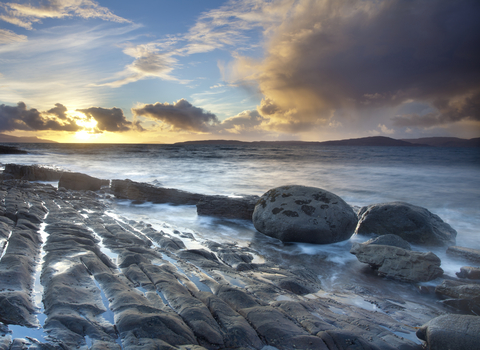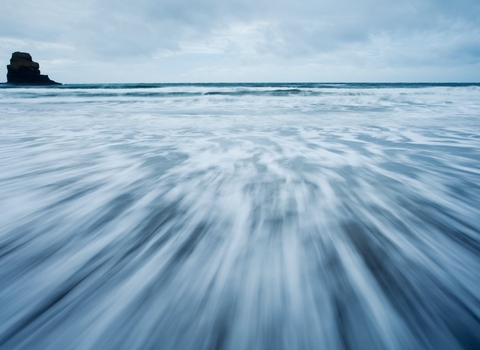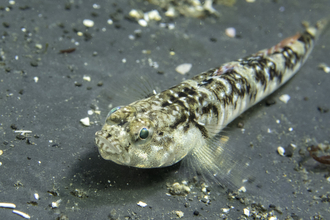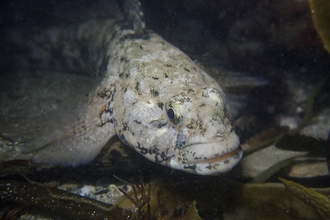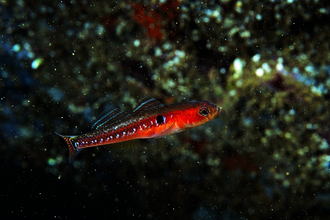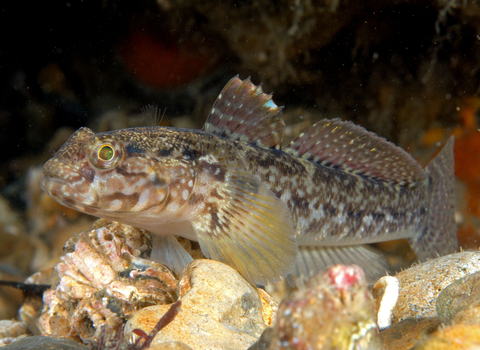
Rock goby ©Paul Naylor www.marinephoto.co.uk
Rock goby
This little fish is found in rockpools during the summer months and has a clever adaptation that stops it being swept away by strong waves - their pelvic fins are fused to form a sucker that it uses to cling onto rocks.
Scientific name
Gobius paganellusWhen to see
January to DecemberSpecies information
Statistics
Length: up to 12cmConservation status
Common

